Exports: Strong growth but lack of sustainability
| Seafood exports likely to fall short of US$10 billion target | |
| Exports reach the target quickly | |
| Higher price for tea exports offsets dip in volume |
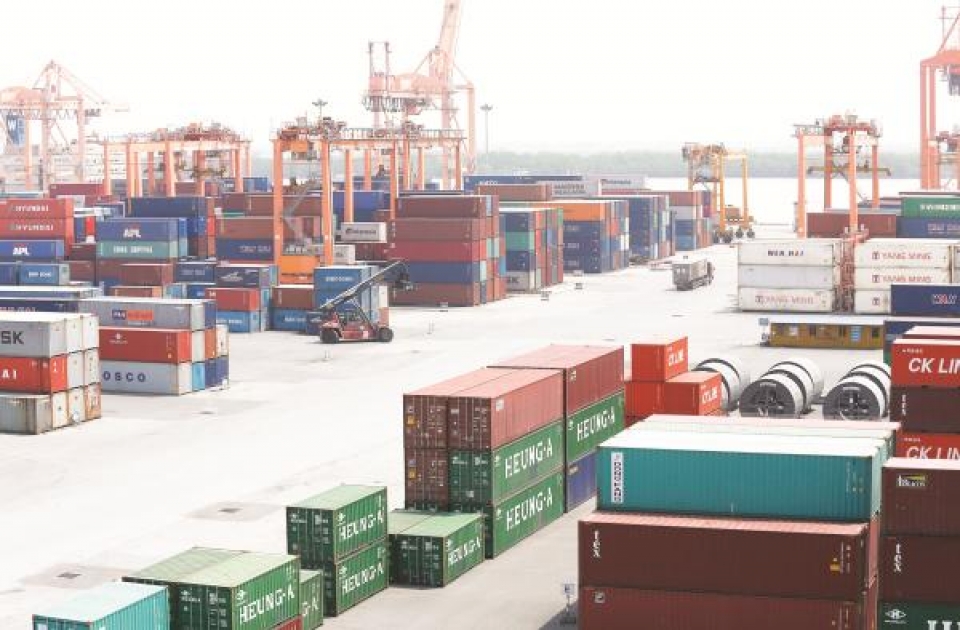 |
| Vietnam is at the crossroads which are continuing exports that focus on low value added assembling, processing or endeavoring to engage in production for higher added value. Photo: Huy Kham |
Exports grow 12% per year
According to the Ministry of Industry and Trade, by the end of July 2018, Vietnam’s total import and export turnover increased 12.7% over the same period in 2017, estimated at VND 264.32 billion. In particular, exports remained at a relatively high growth rate of 15.3% over the same period last year, equal to 56.5% of the year plan. Regarding export structure, in the first seven months of the year, the processing industry continued to play an important role in Vietnam's export growth, accounting for 81.8% of total exports. Generally, in the first seven months of the year, Vietnam had a surplus of US$ 3.06 billion. Of which, the FDI sector (including crude oil) had a trade surplus of US$ 18.1 billion, the domestic business sector has a trade deficit of US$ 15.1 billion.
Giving an overall assessment on Vietnam’s exports in recent years, the Ministry of Industry and Trade clearly stated: Exports had achieved remarkable results in terms of scale, structure of goods as well as market. Typically, 2017 was the first time that the exports exceeded US$ 200 billion. Compared to the export scale in 2011 (US$ 96.9 billion) which was the starting time of the import-export strategy 2011-2020, vision to 2030, after 7 years, the exports was equal to 2.21 times with an average export growth rate of 12% per year.
Mr. Tran Thanh Hai, Deputy Director Export-Import Department (Ministry of Industry and Trade) emphasized that export growth has contributed significantly to GDP growth, improved the balance of payment, stabilized macroeconomy, promoted production, created jobs and income for millions of workers. In addition, the structure of export goods has been successfully shifted. The processing industry group in 2017 accounted for 81.3%, up sharply from 61% in 2011; the proportion of agricultural and aquacultural products fell to 12.1% (2011 was 20.4%) and fuel and minerals group accounted for only 2% (2011 was 11.6%). Notably, the export market is now expanding and strongly developing towards diversification and multilateralization. The export market structure is basically good, especially for industrial products.
Lack of sustainability
Although the exports in recent years have achieved many remarkable results, Mr. Tran Thanh Hai also said that there were still many shortcomings. Typically, exports were still heavily dependent on FDI enterprises. Specifically, FDI sector still accounted for more than 70% of exports. "Because the production and export of this sector is strongly dependent on the global and regional supply chains, if there is a change in the supply chains (because of the trade war, because the supply chain shifting under FTAs in the world, etc), Vietnam's exports would be affected more strongly," Hai analysed.
With the group of agricultural and fishery products which have been promoted by Vietnam, Mr. Hai assessed that the market diversification of some commodities in this group was not high, particularly depending on the Asian region (accounting for 52.7%). In particular, some commodities depended on only one market (cassava, rubber, dragon fruit, etc.). Many experts pointed out that agricultural and fishery products had developed quite spontaneously, leading to failure to control the supply for exports. Notably, fragmented production made the quality of agriculture and fishery products different, it was difficult to control the safety and to apply international standards on traceability. The status of export products returned due to failure to meet food safety standards (seafood, pepper, rice) still occurs, affecting the image and trademark of Vietnamese goods.
Regarding the story of sustainable exports, the economist Pham Chi Lan analysed that Vietnam has successfully integrated into many global value chains, but it has concentrated on industrial production activities in the last stage, low added value and weak domestic connectivity. Currently, only 300 Vietnamese enterprises are qualified to join the supply chain but it is still a supply chain for replacement not for production. Only 2% of them are large enterprises, 2-5% are medium enterprises, the rest are small and micro enterprises. Noteworthy, Vietnamese enterprises have shortcomings in management, late information and technology renovation, have difficulty in accessing financial source and lack well-skilled workers, which reduces the sustainability of export activity. "Vietnam is at the crossroads, which are continuing exports that focus on low value added assembling, processing or endeavoring to engage in production for higher added value,” said Pham Chi Lan.
Improving the added value
According to the Import-Export Department, in order toward sustainable exports and develop the global value chain, Vietnam needs to implement many comprehensive solutions such as expanding the market; enhancing market information; reforming institutions and improving the legal corridor for exports. More specifically, a solution that the Import and Export Dept., considered as a key solution is creating quality goods source and improving added value for exports
Some experts said that in order to join the global value chain, the prerequisite is that the product must be of good quality. Product quality must be controlled through a process from the source to the finished product. In the current context, Vietnam needs a comprehensive reform both horizontally and vertically in specific sectors. This reform process can be implemented in a comprehensive roadmap for many aspects. In particular, it is necessary to enhance the linkages between domestic enterprise and foreign countries, between exporters and domestic suppliers because the country’s ability to connect with the global market in goods, services, capital and labor is a key element for joining the global value chain. At the same time, Vietnamese enterprises need to improve the level of expertise in operations such as skills, capacity and management practices to improve productivity and innovation levels as high as possible.
Relating to the story of raising the content of added value in export products, the Ministry of Industry and Trade requested the Ministry of Finance to study the revision of tax laws so as to give a fairer treatment between imported raw materials and domestic materials. The Ministry of Industry and Commerce evaluated that the current tax policies are more favorable for imported raw materials for export production, so exporters prefer imported raw materials than domestic materials.
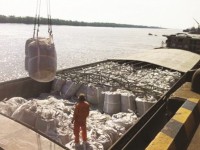 | Exports in the first half of the year: Progress smoothly, be optimistic to fulfill target |
In view of improving human resources, the Ministry of Industry and Trade suggested the Ministry of Education and Training to study and apply solutions and policies to support the training of human resources with high quality in sectors such as design of industrial form and packages, fashion design and marketing to help enterprises, especially textile and footwear enterprises can be self-controlling in designing, diversifying products, step by step creating and affirming Vietnam's export brand.
Related News
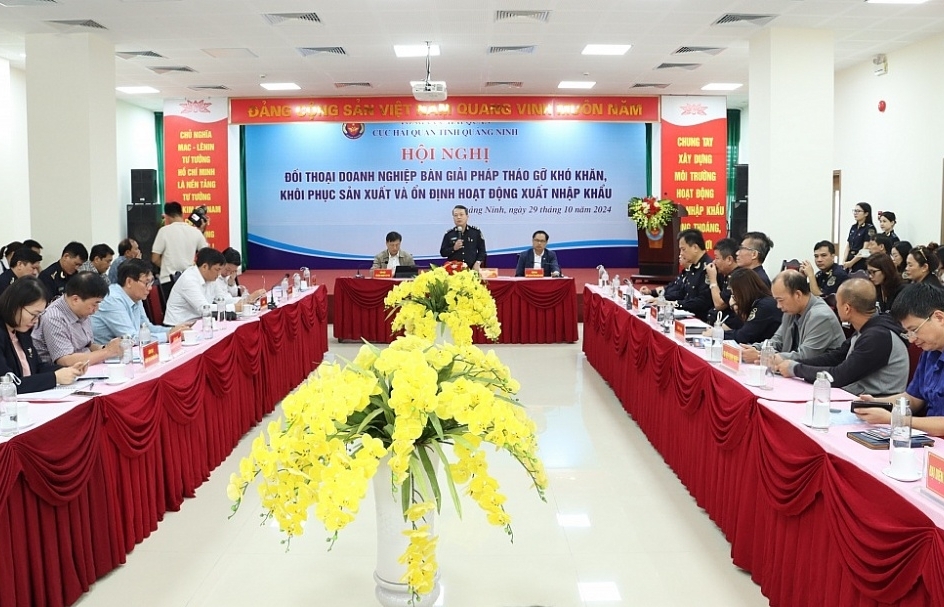
Quang Ninh Customs seeks solutions to promote import and export
10:34 | 02/11/2024 Customs

Opportunities for accelerating Vietnam's seafood exports
09:27 | 31/10/2024 Import-Export

Trade Defense: The Key to Success for Vietnamese Businesses
10:39 | 02/11/2024 Import-Export
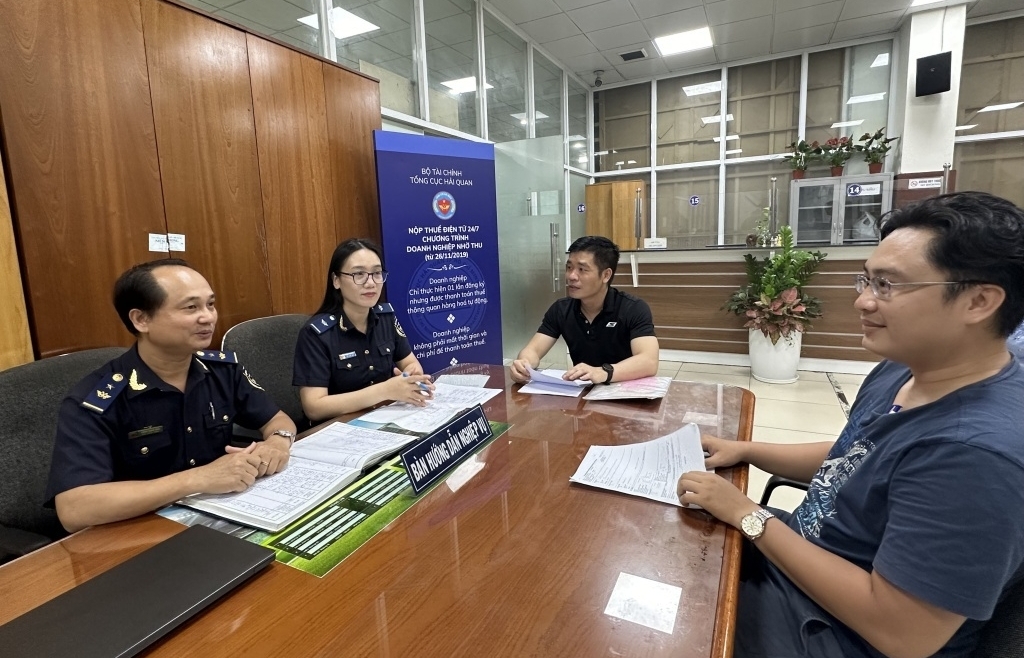
Cat Lai Port sees over 1,000 export shipments cleared by customs each day
08:56 | 30/10/2024 Customs
Latest News

Many factors affecting tuna exports in the last months of the year
19:38 | 02/11/2024 Import-Export

Vietnam still dominates Philippine rice import
19:36 | 02/11/2024 Import-Export
Vietnam cements ties with partners to engage in global semiconductor, AI industries
19:35 | 02/11/2024 Import-Export

Aquatic exports expected to rise in year-end despite challenges
19:33 | 02/11/2024 Import-Export
More News
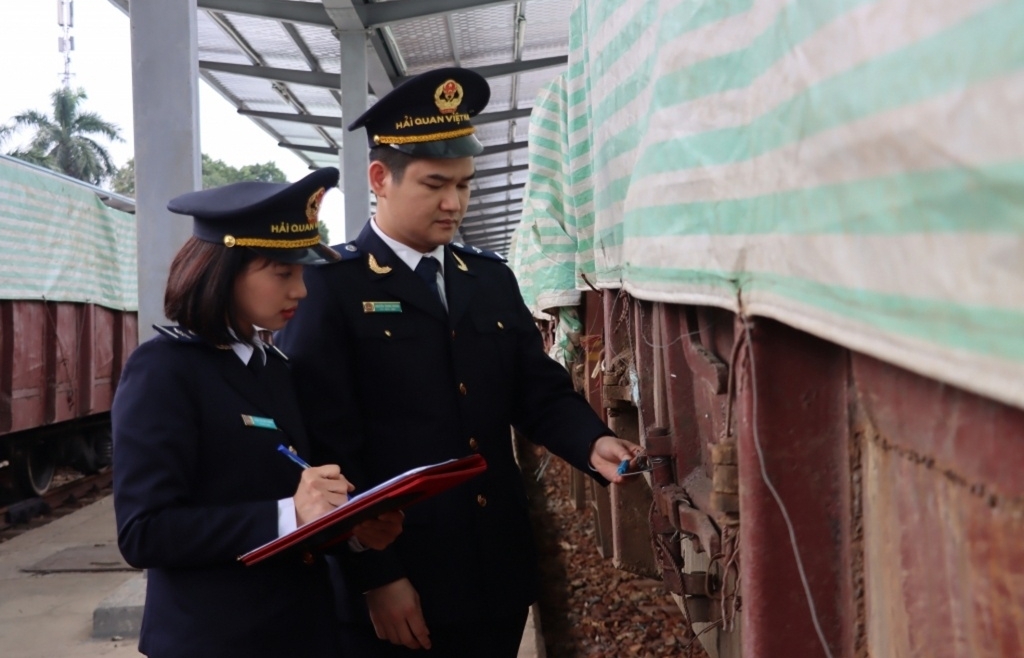
Lao Cai Customs sees a triple-digit surge in export-import turnover
10:37 | 02/11/2024 Import-Export

Coconut is expected to become a billion-dollar export item
16:40 | 01/11/2024 Import-Export

Plastic exporters interested in converting to recycling technology
16:36 | 01/11/2024 Import-Export

Logistics sector must embrace innovative trends to stay competitive
16:34 | 01/11/2024 Import-Export

Vietnam’s agro-forestry-aquatic product exports likely to set new record
16:32 | 01/11/2024 Import-Export

UKVFTA greatly benefits Vietnam-UK trade: Experts
14:19 | 31/10/2024 Import-Export

Agricultural exports likely to exceed 60 billion USD amid challenges
14:18 | 31/10/2024 Import-Export

Vietnam-Philippines trade likely to exceed 8 billion USD for first time
14:17 | 31/10/2024 Import-Export

A bitter nut's surprisingly sweet export success
09:32 | 31/10/2024 Import-Export
Your care

Many factors affecting tuna exports in the last months of the year
19:38 | 02/11/2024 Import-Export

Vietnam still dominates Philippine rice import
19:36 | 02/11/2024 Import-Export
Vietnam cements ties with partners to engage in global semiconductor, AI industries
19:35 | 02/11/2024 Import-Export

Aquatic exports expected to rise in year-end despite challenges
19:33 | 02/11/2024 Import-Export

Trade Defense: The Key to Success for Vietnamese Businesses
10:39 | 02/11/2024 Import-Export





